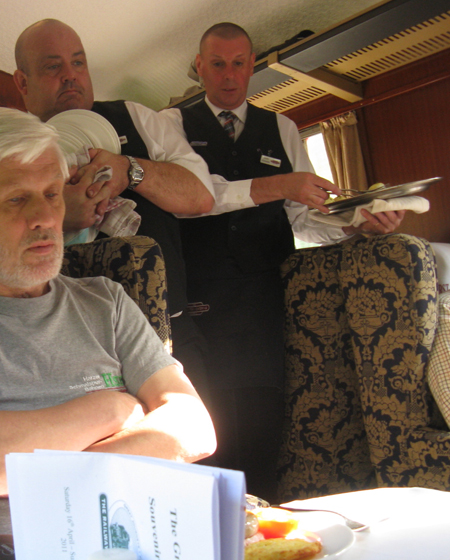UK Steam Tour, April 2011
By Peter Limper
Introduction |
| From April 16 to April 24, 2011, I rode a special steam-powered train, operated by The Railway Touring Company, through much of England and Scotland. In the course of the trip the train was pulled by nine different steam locomotives. |
 |
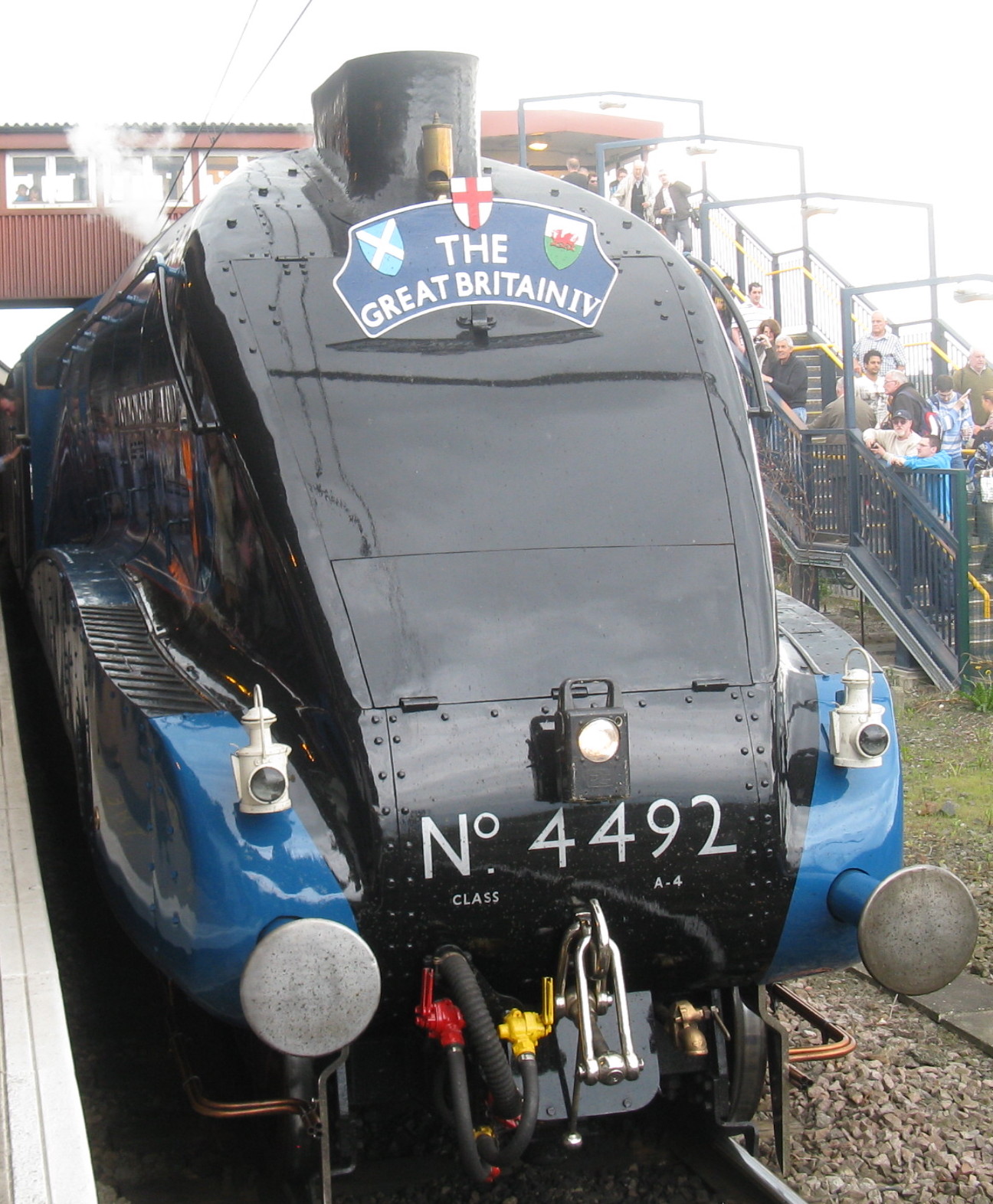 |
| The train was usually made up of a service car plus 10 passenger carriages. The cars were built in the 1950's by British Railways, and specially rebuilt and repainted for excursion service. |
| The non-airconditioned cars had small upper windows that could be opened, letting in both steam sounds and cinders. |
| Like most passengers I traveled in “premier class” – my seat was in “Diana.” These cars had seating at tables for two or four. |
|
||
| This vintage British diesel locomotive followed the train throughout the trip to provide "backup" assistance if needed (it was not), and also to do station switching. |
| Note on British railway history
On January 1 1923, almost all the railway companies in Great Britain were merged (or grouped as the British say) into the big four: the Great Western Railway, the London and North Eastern Railway (LNER), the London, Midland and Scottish Railway (LMS), and the Southern Railway. The Great Britain IV steam tour covered portions of all of these former lines except for the Southern. With one exception all the steam locomotives used on the trip were designed and built during the post-grouping era, which lasted until 1948. On January 1 1948 the railways of Great Britain were nationalized to form British Railways. The big four companies became regionsof British Railways (Western Region, London Midland Region, etc.). Although all of the steam locomotives used on the tour continued to operate under British Railways (most into the 1960s) only one, 70013 Oliver Cromwell, was designed and built after nationalization (see Day 8). |
| Day 1 - London Kings Cross to Edinburgh (394 miles) |
| We boarded our train on April 16 at about 8:30 AM at London's Kings Cross Station. |
| Our first locomotive was A4 class streamlined Pacific 4492, painted and lettered for its original owner, the London and North Eastern Railway (LNER) |
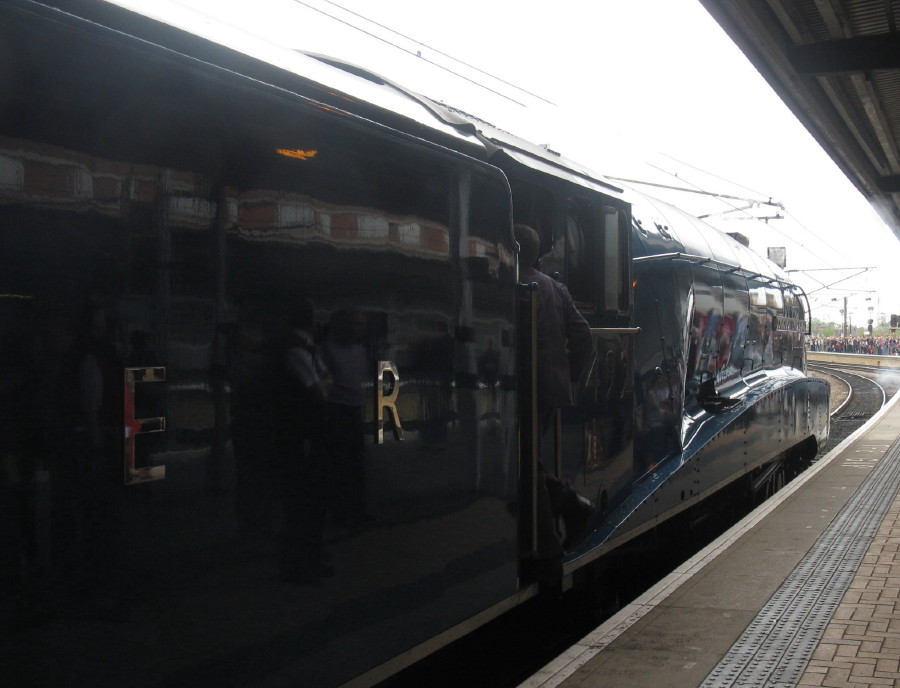 |
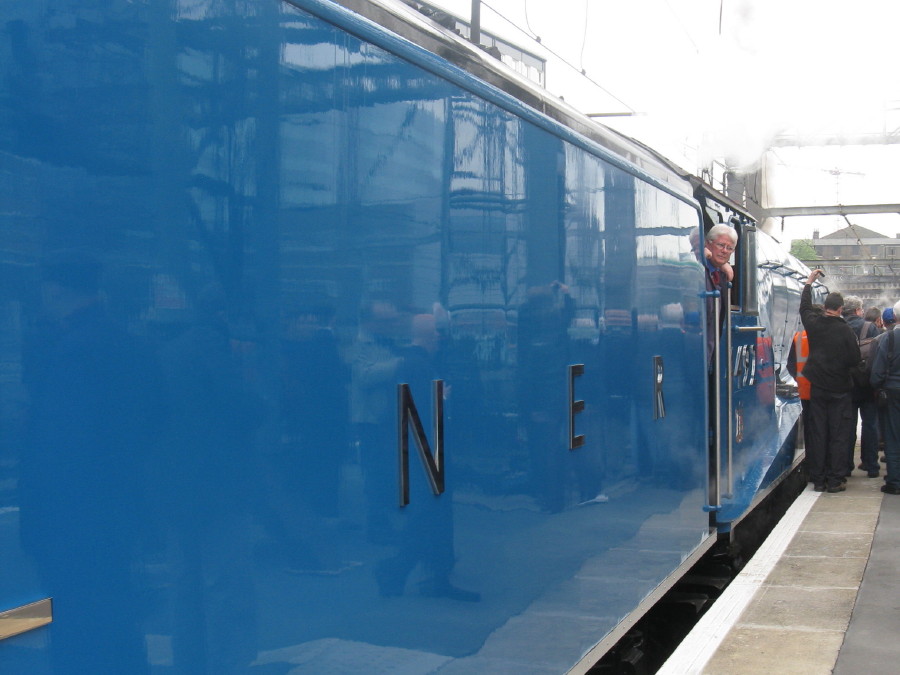 |
| Although carrying the nameplate "Dominion of New Zealand" for this trip, 4492 was originally named "Bittern. In 1937, sister A4 engine 4468 "Mallard" set the official world's speed record for a steam locomotive at 126 mph. |
| The engine had two tenders to provide extra water; originally it would have scooped up water from track pans at various points. The round window at the rear of the first tender was part of a passageway between the engine cab and the first passenger car, allowing crews to change on non-stop runs. |
| A-4 class engines once pulled the non-stop "Elizabethan" express between London and Edinburgh (393 miles) in 6 1/2 hours; even high-speed trains like this one at an adjoining platform take almost 4 1/2 hours. |
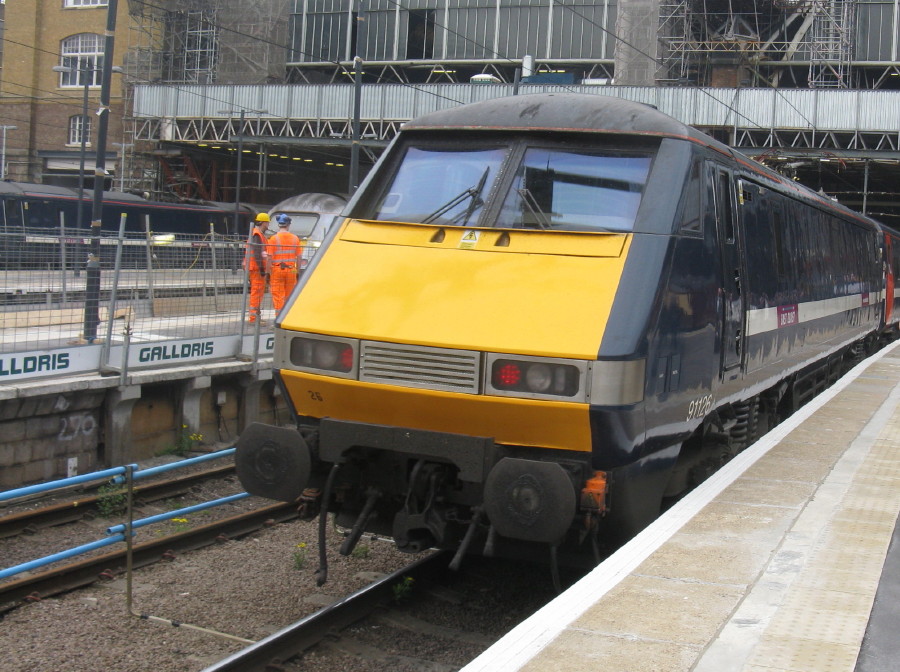 |
| The A4s were designed by the LNERs chief engineer, Sir Nigel Gresley; like all Gresleys Pacifics they have three cylinders. |
| Another A4 was photographed by Mike Condren at the National Railway Museum in Green Bay, WI, in an image that clearly shows the running gear. Displayed in British Railways livery and lettered Dwight D. Eisenhower, the engine was originally LNER 4496, Golden Shuttle. |
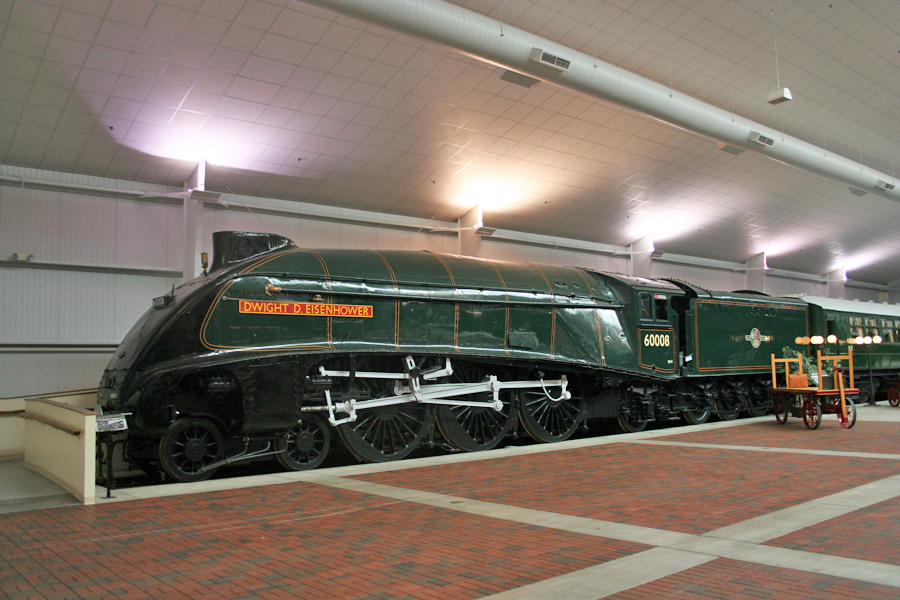 |
| The A4 pulled the train north from London, passing two old freight cars (goods wagons) apparently converted for MOW use. | 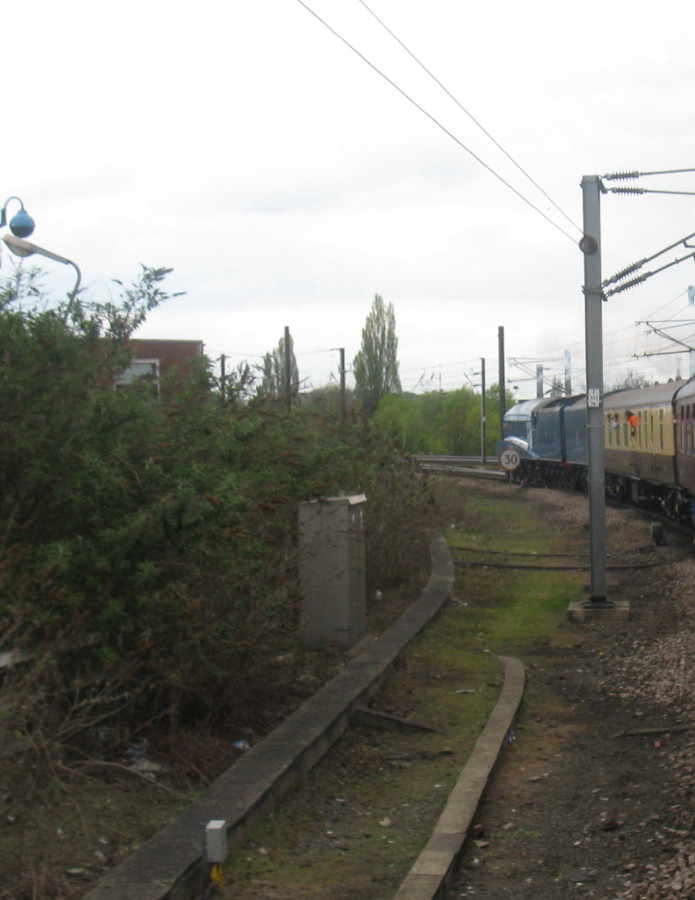 |
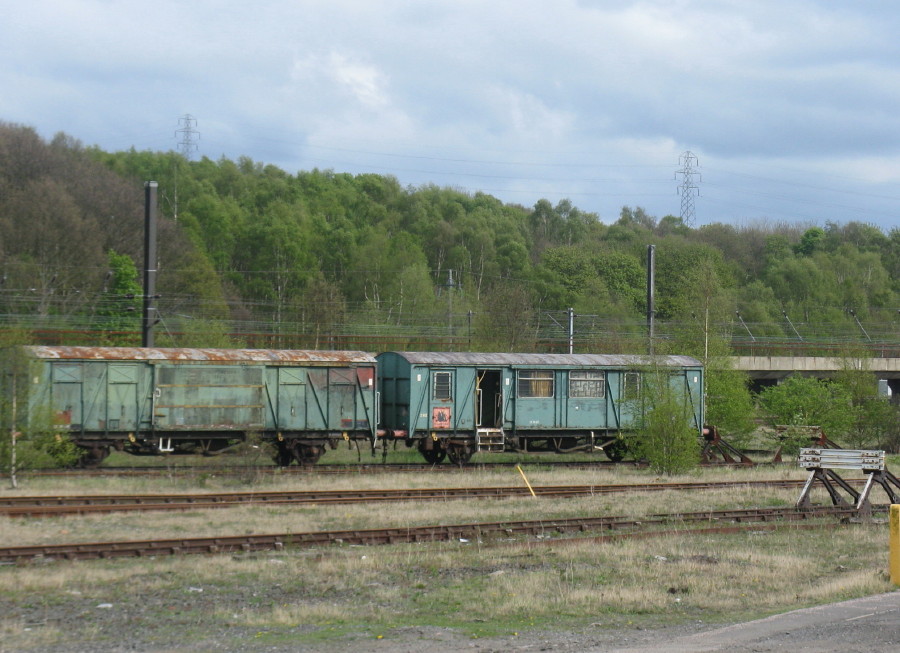 |
| About five hours after leaving London, we paused briefly at York. At an adjoining platform we saw another tour train, the Royal Scot (not steam powered). |
| We crossed the River Tweed at Berwick, near the English-Scottish border. The train often ran close to the North Sea at this point. |
|
| Day 2 – Edinburgh to Inverness via Aberdeen (239 miles) |
| Walking from our hotel on a sunny morning, we had these views of the Edinburgh skyline, and the train shed of Waverley Station, with a monument to Sir Walter Scott in the background. |
| This map includes all the routes taken by the steam train in Scotland. | 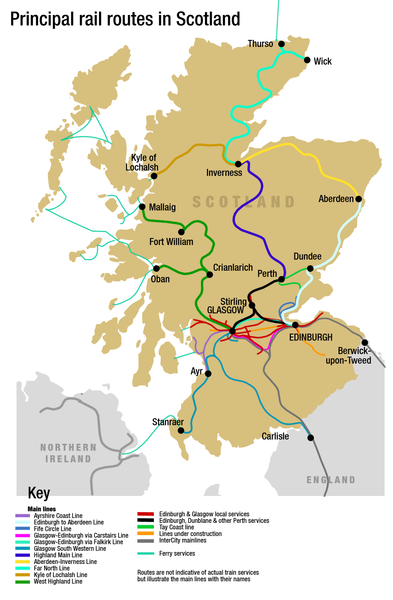 |
| A high speed train prepared to depart from Waverley, while the diesel brought our train to the platform. |
| The steam engine on Day 2 was Royal Scott Class 4-6-0 #46115, “Scots Guardsman.” |
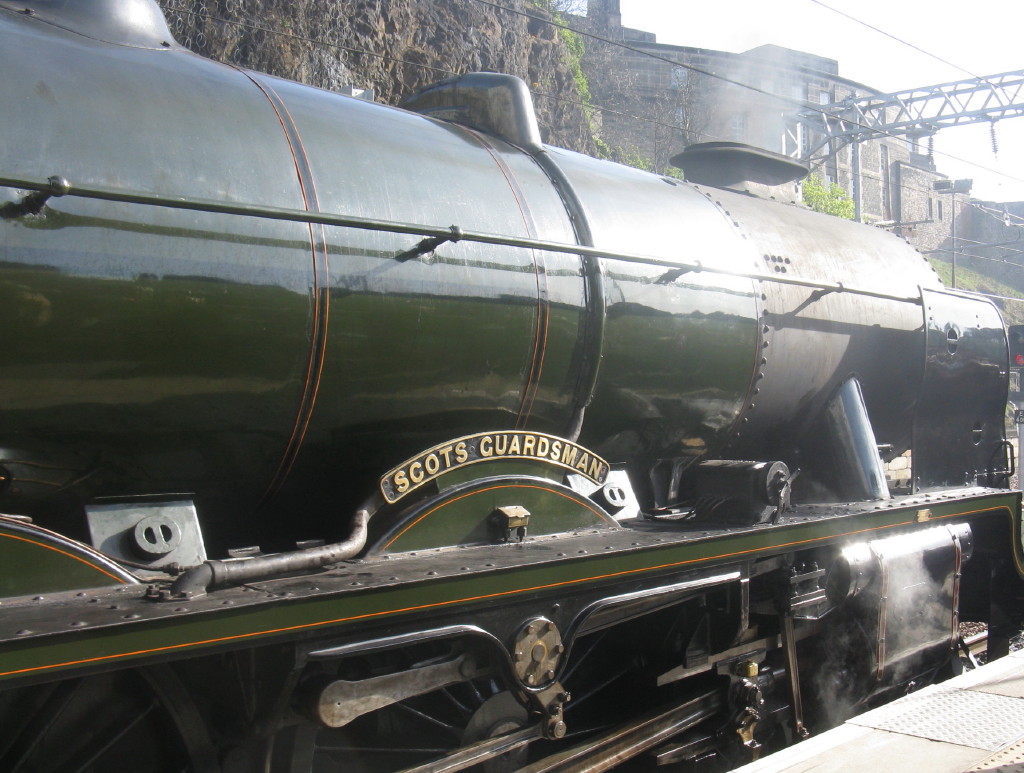 |
| Scots Guardsman was painted and lettered for British Railways (note tender emblem), but was originally built in 1927 for the London, Midland, and Scottish Railway (LMS). For its time it was a thoroughly modern engine, with 3 cylinders and 81” drivers. |
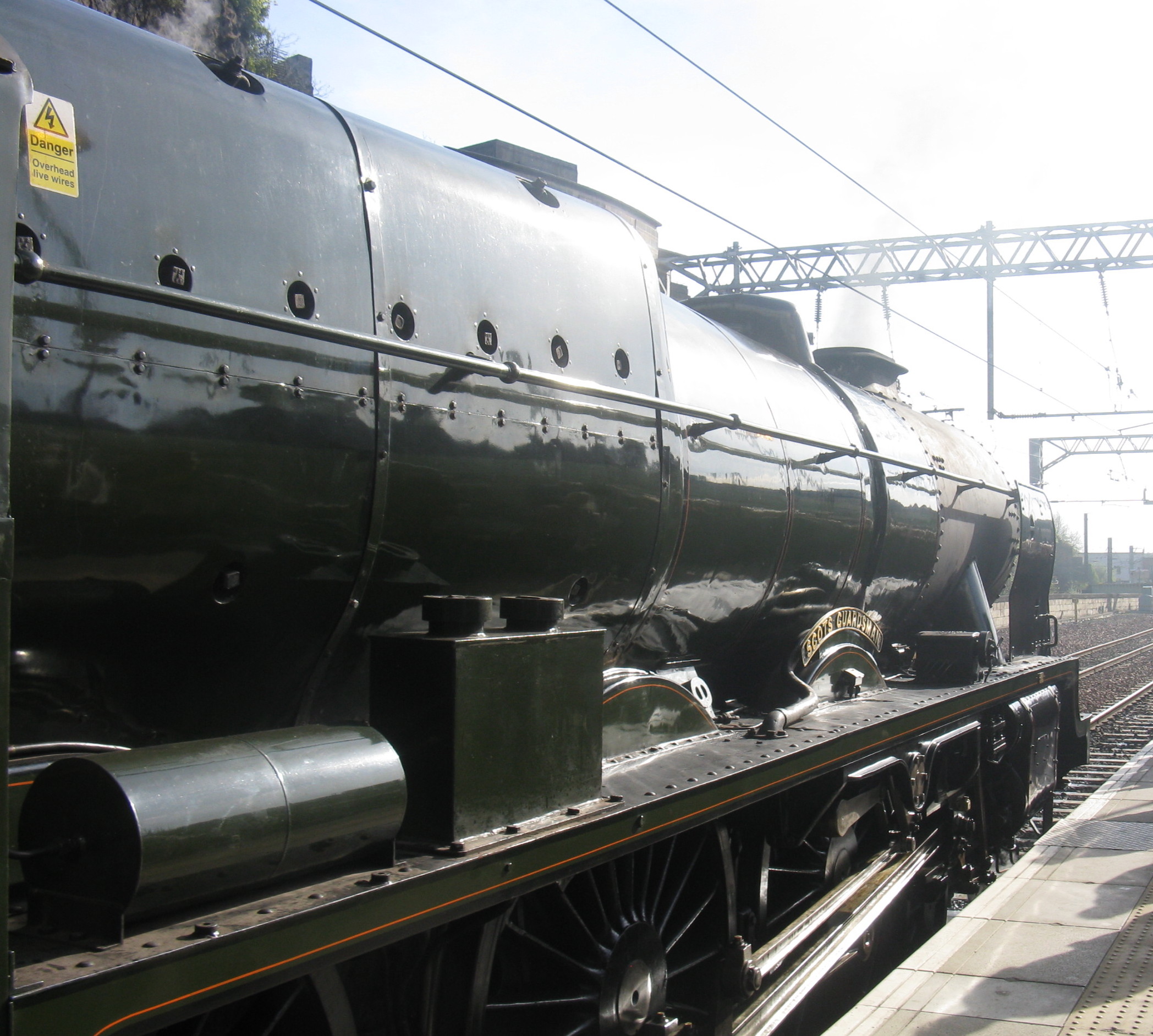 |
| Like its rival LNER, LMS operated express trains between London and Edinburgh (as well as London and Glasgow) which were often pulled by "Royal Scot" class engines. |
| Although the 4-6-0 wheel arrangement was considered obsolescent on most US railroads by shortly after the beginning of the 20th Century, it continued to be used on top-line express engines in the UK until the end of steam in the 1960’s. It has been suggested that one reason for this was that all British steam locos were hand-fired coal burners; a large firebox supported by a trailing truck was less of an advantage since its full utilization exceeded the capabilities of a single fireman. |
| Soon after leaving Edinburgh, our train crossed the Firth of Forth. (A "firth" in Scottish is an estuary where a river meets the sea.) The railway bridge over the Firth of Forth was completed in 1890, and is still considered an engineering landmark. |
| The train crossed a steep-sided inlet from the North Sea shortly before arriving at the large station at Aberdeen. |
| At Aberdeen Scots Guardsman was moved to a side track for water and servicing, giving excellent views of the engine. |
 |
| After the engine backed into the station to couple onto its train again, I got these views of the cab controls and the all-important tea pot and mugs. |
 |
| Late in the afternoon the train arrived at Inverness in the center of the Scottish Highlands; I had this view of the city from my hotel room at sunset. |
This page was designed and is maintained by Mike Condren.
If you have materials
that you would like to contribute, contact me at mcondren@cbu.edu
